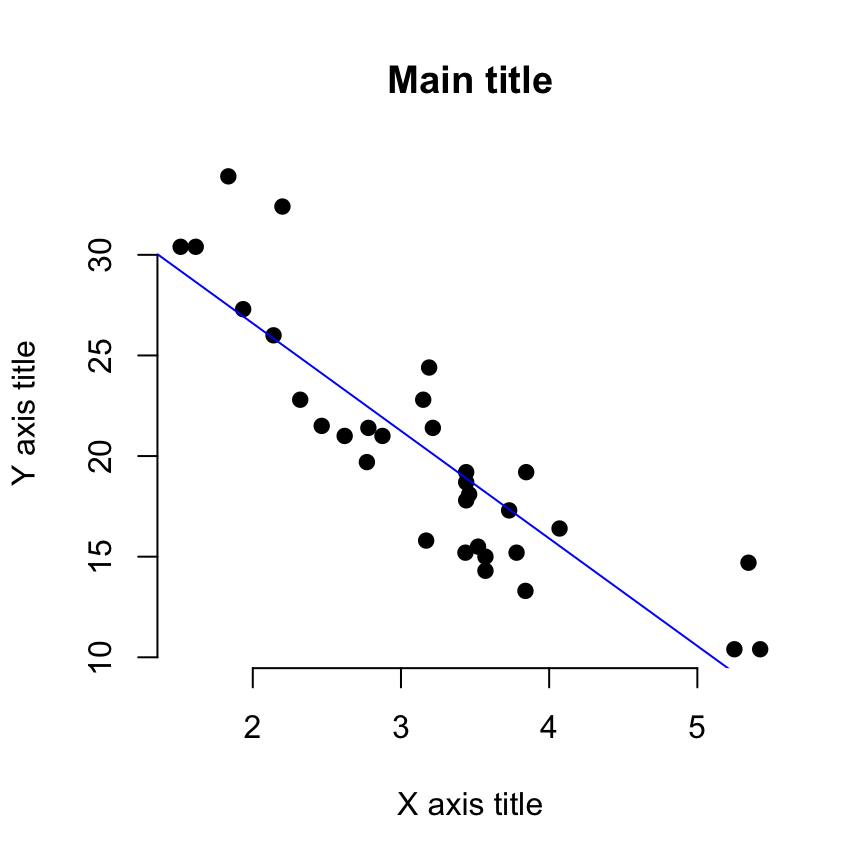

Benefit:īy knowing which components of your data are connected and the way that they are connected, you will know what to control and what to fluctuate to influence a quality feature. Scatter plots can be classified into the following categories on the basis of the correlation:Ī scatter plot with expanding upsides of the two factors has a positive connection.Ī scatter plot with an expanding worth of one variable and a diminishing incentive for one more factor has a negative connection.Ī scatter plot with no unmistakable expanding or diminishing pattern in the upsides of the factors is said to have no connection. As we move along the x-pivot toward the more noteworthy numbers, the focus drops down which implies the y-values are diminishing, making this a negative relationship. Now you can easily interpret your data according to the scatter plot drawn by studying correlation between two variables.Įxample 2- Another example is a scatter plot showing how much rest is required each day by age, where age is estimated along the x-axis and the hours are estimated on y-axis.Īs you will see when you plot this, as you become older, you want less rest (yet presumably more than you’re as of now).

Each line of the table will turn into a dot in the plot with position as indicated by the section values.

One row for the sales and another for the temperature and likewise we could put the sales value on the x-axis and temperature on the y-axis. To draw a scatter plot, we have to choose two sections from an information table, one for each element of the plot. Scatter Plot Example:Įxample 1- Juice corner can monitor how much glasses juice they sell versus the early afternoon temperature on that day to check whether hotter weather conditions prompts more sales. Each point having the worth of one variable deciding the situation on the x-axis and the worth of the other variable deciding the situation on the y-axis. The situating of the dots on horizontal and vertical axis will educate the worth regarding the individual item. Dots permit design distinguishing proof while checking out the information comprehensively. The information is shown as an assortment of points. The connections noticed can either be positive or negative, non-direct or straight, as well as solid or powerless. A scatter plot also known as a scatter graph or chart involves spots (dots) to address values for two distinct numeric factors for a data set or to notice connections between factors.


 0 kommentar(er)
0 kommentar(er)
